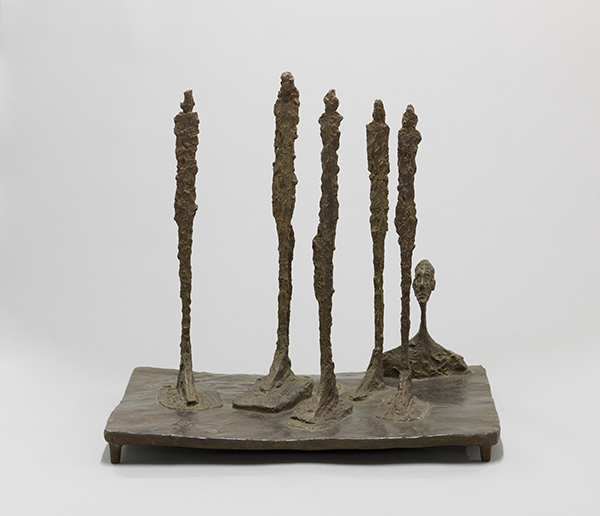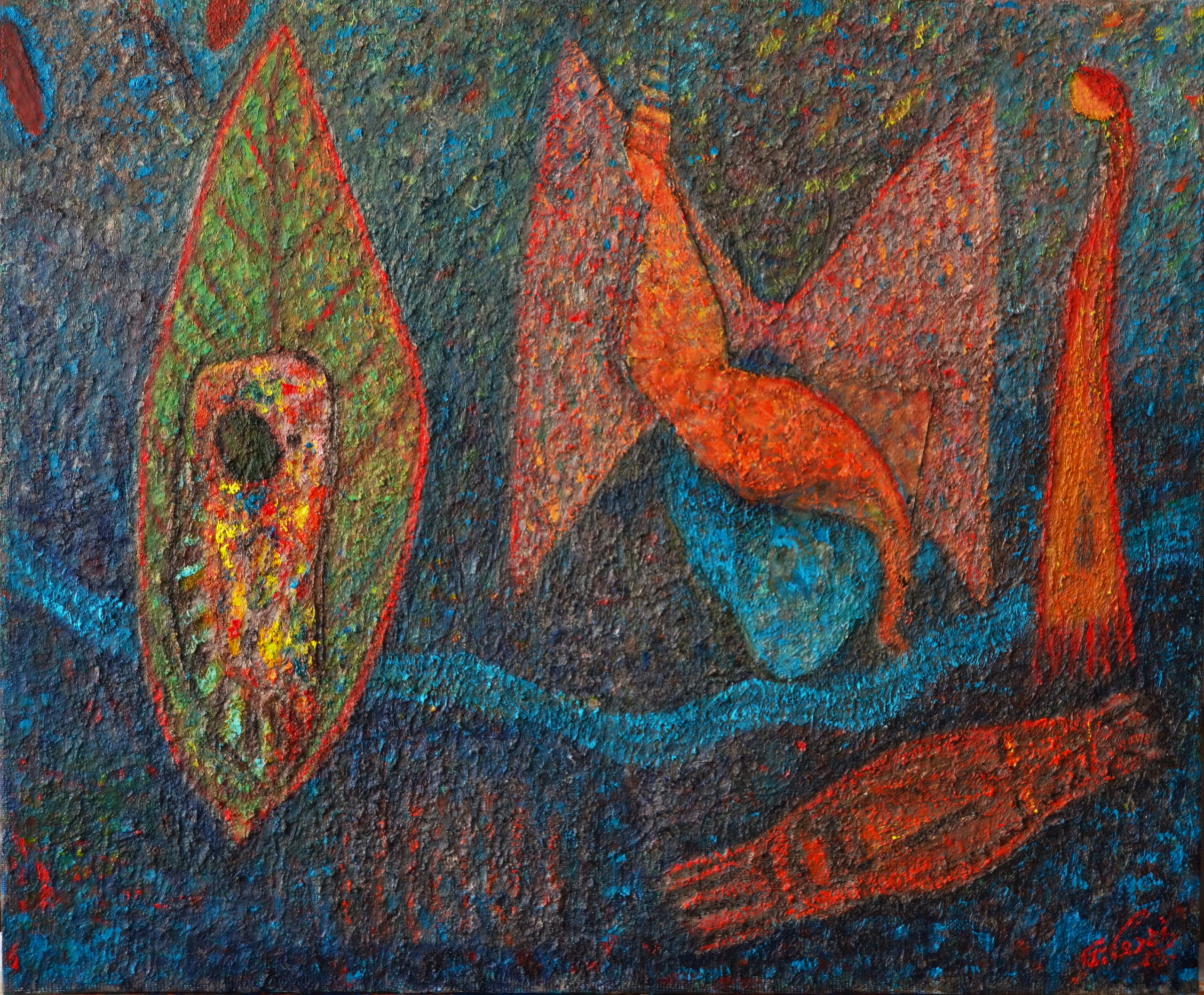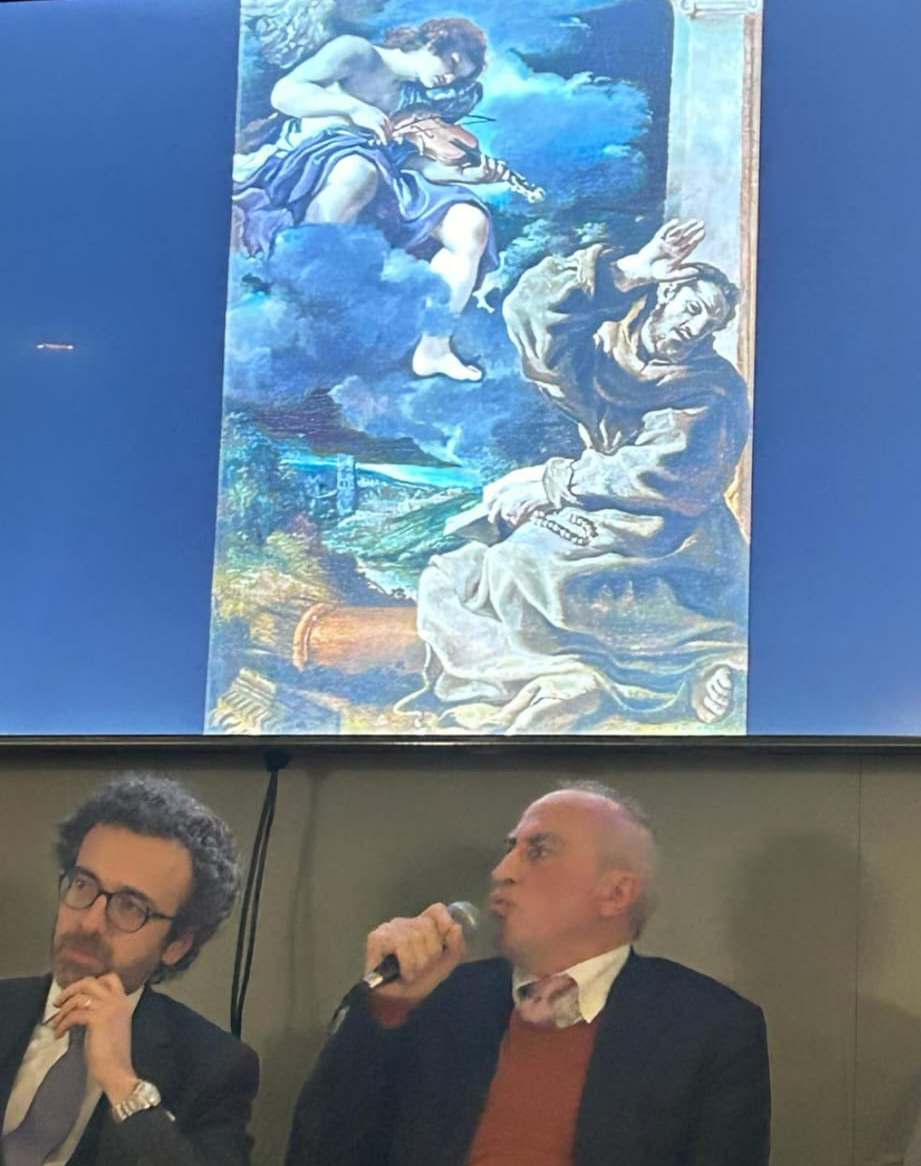Alberto Giacometti – What Meets the Eye. Interview to the Chief curator Thomas Lederballe
Una mostra fra le più belle ed importanti questa allestita nella Galleria Nazionale a Copenaghen aperta fino al 27 maggio 2024.Per approfondire gli aspetti più rilevanti della rassegna e soprattutto capire il linguaggio fenomenologico dell’artista intervistiamo il curatore Thomas Lederballe.Un artista straordinario è Alberto Giacometti conosciuto in tutto il mondo per la sua numerosa produzione di sculture dalle forme allungate, può spiegare ai nostri lettori di Artonworld le particolari caratteristiche estetiche che hanno reso celebre l’artista svizzero.Il tipo di figure umane che la maggior parte delle persone qui in Danimarca tende ad associare a Giacometti sono quelle a cui ti riferisci qui, ma era un artista piuttosto versatile, producendo opere che comprendono caratteristiche caratteristiche dei movimenti d’avanguardia prebellici come come il surrealismo e il cubismo. Tuttavia esiste un interesse generale per l’esatta manifestazione della forma umana. A causa della struttura delle sculture, le figure sembrano avere una presenza “nervosa” che fa sembrare la figura oscillare tra l’apparire e lo scomparire allo stesso tempo. Le figure sono sottili (snelle) e in un certo senso appena visibili. Spesso sono anche piccole e poco appariscenti (in termini di dimensioni).Quante opere sono esposte? Ci sono lavori inediti?48 sculture, 4 dipinti e 37 disegni. Tutte le opere sono ben note.È stato difficile organizzare una mostra così articolata tra sculture, disegni e opere grafiche?La mostra è stata organizzata in collaborazione con la Fondation Giacometti, e Émilie Bouvard della Fondation è stata la mia co-curatrice. La maggior parte delle opere in mostra provengono dalla Fondazione, ma ho potuto ottenere anche altri prestiti cruciali, sempre per gentile concessione della Giacometti-Stiftung di Zurigo. PER LEGGERE L’INTERA PUBBLICAZIONE CLICCA QUI One of the most beautiful and important exhibitions, this one set up in the National Gallery in Copenhagen, open until 27 May 2024.To delve deeper into the most relevant aspects of the exhibition and above all to understand the artist’s phenomenological language, we interview the curator Thomas Lederballe.An extraordinary artist is Alberto Giacometti known worldwide for his numerous production of sculptures with elongated forms, can he explain to our Artonworld readers the particular aesthetic characteristics that made the Swiss artist famous.The type of human figures that most people here in Denmark would tend to associate with Giacometti are the ones you refer to here, but he was quite a versatile artist, producing works which comprise features that are characteristic of pre-war avant-garde movements such as surrealism and cubism. Nevertheless there is a general interest in the exact manifestation of the human form. Due to the facture of the sculptures, the figures seem to have a “nervous” presence that makes the figure seem to oscillate between appearing and disappearing at the same time. The figures are thin (slender) and in a sense barely visible. Often, they are also small and insconspicuous (in terms of size).How many works are on display? Are there some unpublished works ?48 sculptures, 4 paintings, and 37 drawings. All the works are well known in advance.Was it difficult to organize such a multifaceted exhibition featuring sculptures, drawings and graphic works?The exhibition was organized in collaboration with the Fondation Giacometti, and Émilie Bouvard from the Fondation was my co-curator. Most of the works in the show come from the Fondation, but I was also able to secure other crucial loan, also at the courtesy of the Giacometti-Stiftung In Zurich. TO READ THE COMPLETE ARTICLE CLICK HERE



